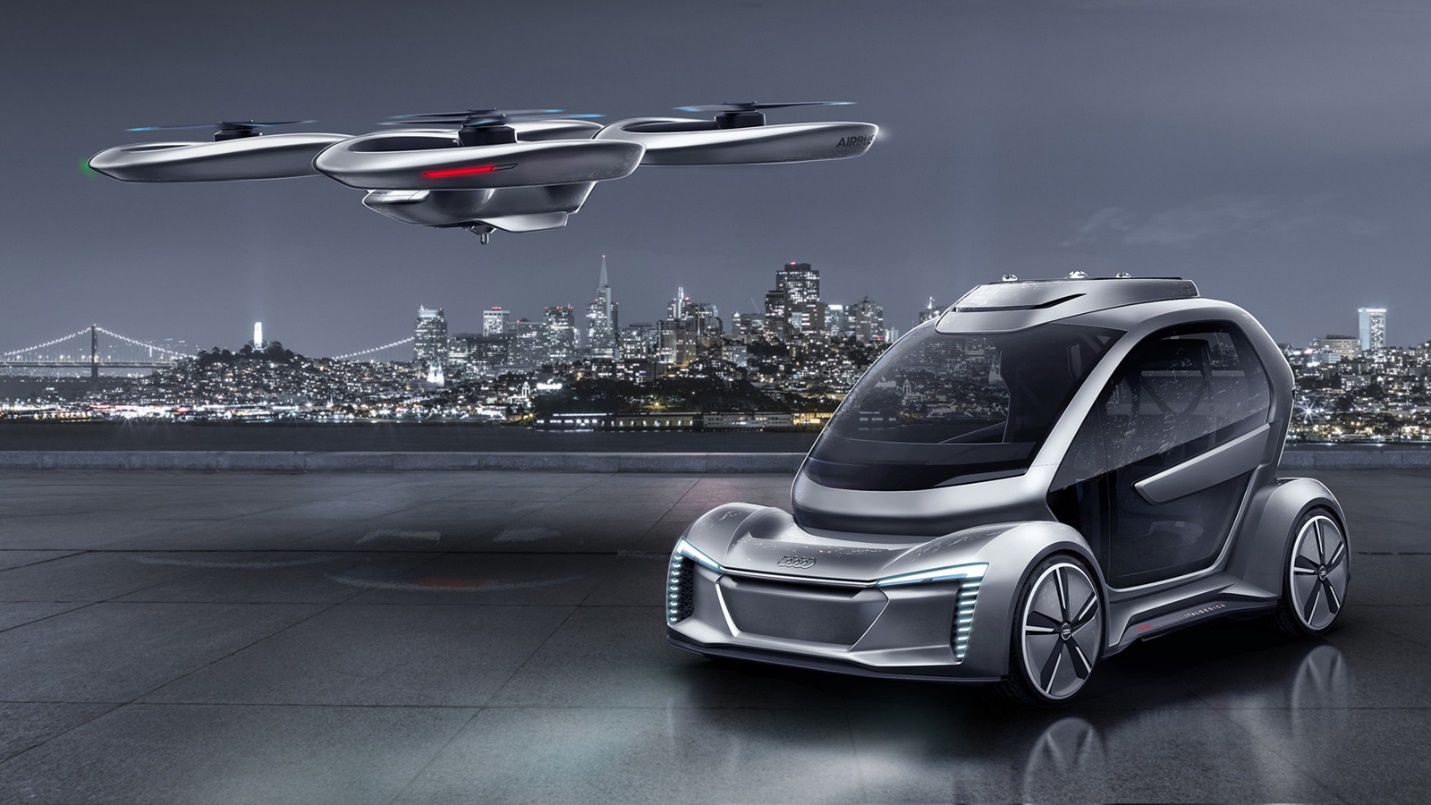- Call: 0203 427 3507
- Email: innovation@clustre.net

Unfortunately, all attempts at building such a hybrid have pretty much failed. They neither perform well as a car nor as a plane… and they are pig-ugly to boot.
One of the lift-off problems has been the need for a long (and empty) road or runway for take-off and landing. But a new consortium – with a very impressive pedigree – now claims to have the solution. A very clever solution…
The car section – thanks to Audi and Italdesign – looks funky and performs well. It would be highly desirable even if it didn’t take to the air. And then we come to the clever part. The cool car is mated to a stylish quadcopter designed by Airbus – a company that knows a thing or two about flying.
This instantly eliminates the need for runways and creates the first truly versatile vehicle for land and air.
What’s more, there is talk of drawing upon Audi’s expertise in autonomous vehicles to come up with an ‘auto-pilot’ programme.
So, what’s the take-home message? Well, to me, this story proves the adage: if you want to be a successful pioneer, first look for proven technologies. A lot more progress can be achieved through a marriage of existing, well-tested tools than by developing unproven all-in-one devices that are possibly flakey and fragile. And to prove that point, let me provide another example of more down-to-earth connectivity – this time between a modern smart phone and a modern car.
Now, as a professional technologist and an unashamed gadget freak, I am not easily impressed. But this really grabbed my attention. And, the surprises kept coming…
As I was driving, a voice alert informed me that I had received a WhatsApp from Cristina (my partner) and then asked whether I would like to hear the message. I gave a verbal “Yes”, listened to it and was then given the option to reply.
Throughout the whole of my journey Android Auto made my phone ‘inaccessible’ to me, which is a major safety aspect of this system. After a most enjoyable dinner, I then settled back in the car to head home. But, once again, the technology was ahead of me. The instant I re-connected my phone to the car, it deduced that I was heading home and pre-loaded my route. Clever.
Perhaps the most remarkable aspect of this story is not the technology but the surprising absence of hype and hyperbole.
There was no big pre-announcement about this capability from Samsung, Google or Ford. No flashy promotions and media hysteria. It simply crept in and quietly got on with the job of improving our lives. All of our lives – because you don’t need an expensive smart phone or car to benefit.
Cristina has an old Samsung phone and a VW Polo and it works just as well for her.